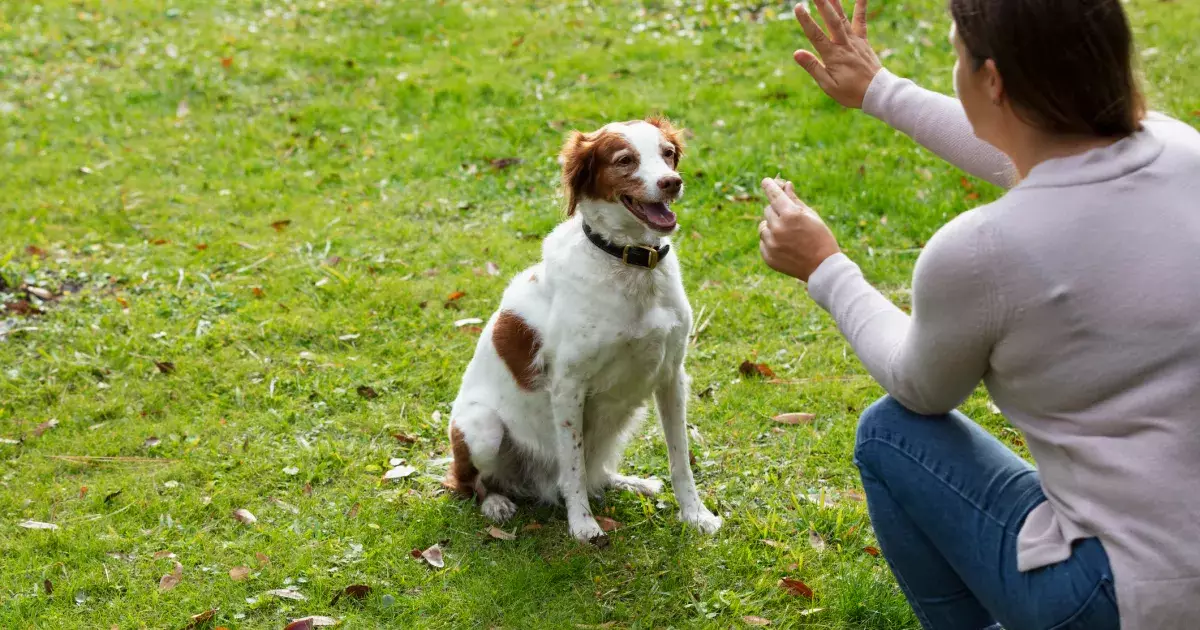Training a deaf dog can initially appear challenging, but it can evolve into an enriching journey for both the owner and the pet. Just like their hearing counterparts, deaf dogs possess intelligence and capability. Their unique circumstances require a slight shift in approach, yet with the right techniques and strategies, you can foster a deep connection while ensuring your dog learns effectively.
For those training deaf dogs, transitioning from auditory to visual communication is essential. Deaf dogs rely predominantly on their sight, which means that visual cues will be the primary mode of understanding commands and expectations. Implementing clear and distinct hand signals can help in this regard. For example, establishing a specific gesture for commands such as “sit” or “stay” will aid not only in comprehension but also in consistency.
When you teach your dog a visual command, ensure that the signal is recognizable and non-threatening. Utilizing a calm, open palm can symbolically express the expectation of obedience, while sweeping hand motions can guide your dog into the desired position. Remember, the goal is for your dog to associate the gesture with the action effectively.
Soundless communication requires alternative methods to capture a deaf dog’s focus. Vibrations can serve as a valuable tool. Subtle vibrations produced by gentle foot stomps or specially designed vibrating collars can alert your pet to your presence or signal the commencement of an activity. By pairing vibrations with visual commands, you create a multi-sensory approach that can strengthen the dog’s association with the command and increase their responsiveness.
Incorporating visual aids can dramatically heighten the learning process for your deaf dog. This may include bright flags, colored objects, or even light signals that correspond to commands. For example, using a yellow flag for “fetch” can serve as a direct visual indication that encourages immediate action. Every visual signal should be distinct to avoid confusion, which is crucial given the absence of auditory cues.
Visual training aids not only compliment hand signals but also help in reinforcing learned behavior through repetition and recognition. Adapting these elements into training sessions will likely result in quicker learning and a more engaged dog.
All dogs respond positively to rewards, and deaf dogs are especially motivated by treats. Positive reinforcement is crucial in shaping behavior, and for deaf dogs, it becomes even more important to establish a strong connection between their actions and the resultant praise or reward. Timing is vital—immediate rewards promote clear associations between their actions and the desired behavior.
Moreover, while deaf dogs may not respond to classical verbal praise, they can pick up on your body language or the glow of a concentration on your facial expressions. A cheerful smile or an enthusiastic gesture can convey approval and recognition, offering your dog an emotional boost during training sessions.
Training need not be a laborious endeavor. Integrating fun into lessons by playing interactive games like tug-of-war or chasing can make the experience enjoyable for both dog and owner. Affection, when combined with training, can deepen the bond you share with your deaf dog. Engaging in playful interactions and providing physical affection during training solidifies the idea that learning is synonymous with pleasure.
Various training tools have been crafted specifically for the unique needs of deaf dogs, enhancing the training process. Vibrating collars serve as excellent devices for getting your dog’s attention, while visual clickers that emit light can reinforce good behavior. These tools should be seen as aids rather than replacements for your active involvement and personal bonding through the training process.
Moreover, consider incorporating elements of sign language into your training regimen. Whether it’s adapting signs from American Sign Language or inventing your own, consistency across all commands is essential. This method not only aids in communication but also emphasizes clarity during your training sessions.
Training a deaf dog invites a unique blend of patience, creativity, and empathy. Every dog is an individual with its own pace of learning, so adjust your methods to suit your specific animal’s inclinations and abilities. Celebrate the journey together, recognizing that as you nurture your dog’s skills, you’re also enriching your own experience as a devoted pet owner. With dedication and a positive outlook, you can support your deaf dog in navigating the world with confidence and joy.

